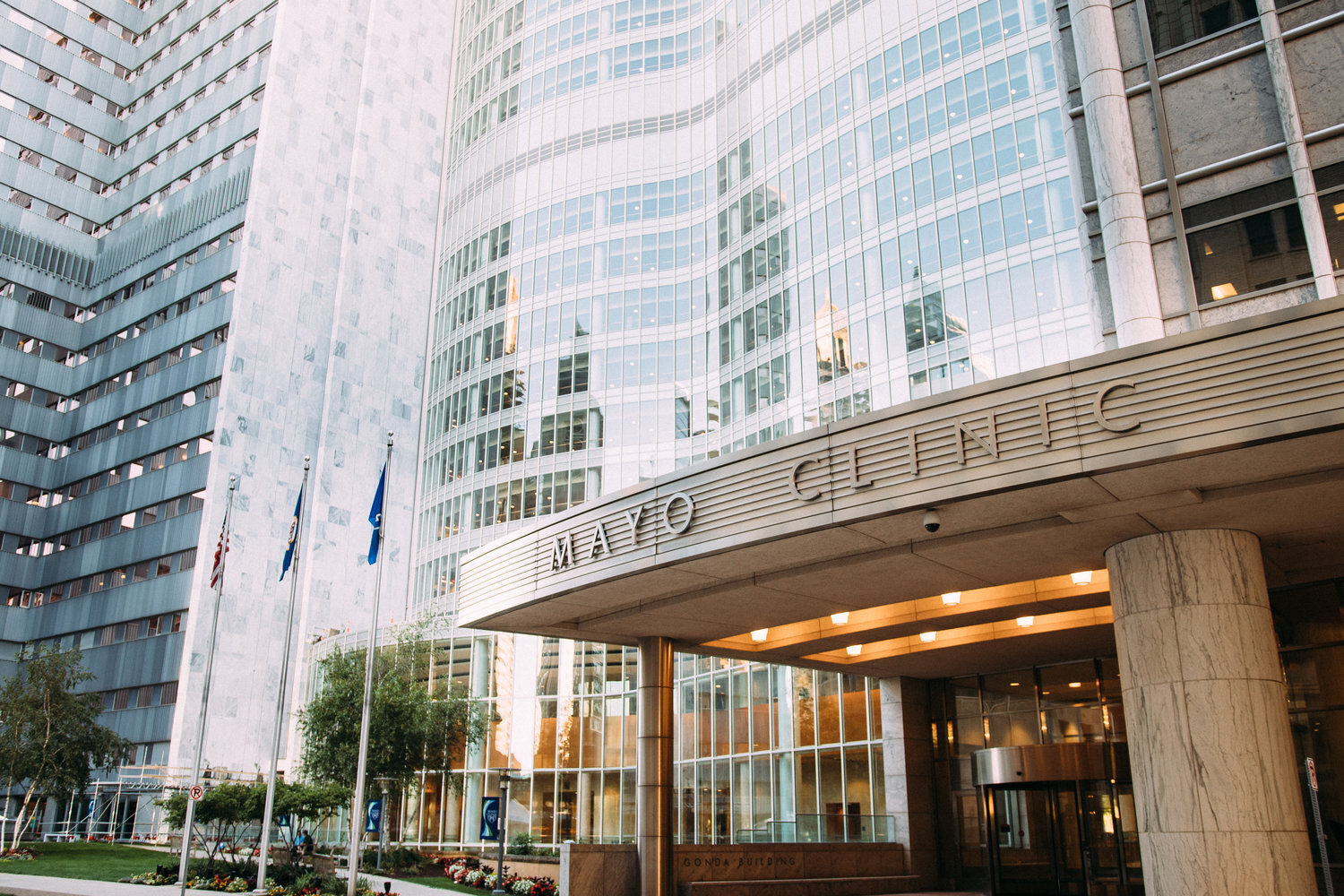Mayo Clinic, with its finances largely unscathed by Covid-19, prepares for major investment across its three campuses
Mayo Clinic’s financial investment across its campuses is projected to balloon to record levels in 2021 and beyond, as one of the largest bond issuances in recent years bolsters the medical behemoth’s bottom line.
The Clinic reported this month that it sold $500 million in bonds (in $1,000 increments “and integral multiples thereof” — $2,000, $3,000, etc.) to private investors, which will give Mayo an immediate influx of cash. It’s a much higher amount than previous issuances — the last bonds, issued by the City of Rochester on behalf of the Clinic in 2018, totaled $200 million.
The sale is especially notable because the funds are not set aside for a specific project — unlike the 2018 bonds, which were earmarked for construction on the Saint Marys campus and general Clinic improvements. Currently, the Clinic is expanding on all fronts: in addition to Mayo’s predominant role in the Destination Medical Center initiative, Mayo is actively pursuing a $748 million expansion project on its Phoenix campus and a $144 million expansion in Jacksonville, Florida.
When reached Thursday, Mayo representatives said there was no plan set for what — or where — the new $500 million in funds would go to.
“Debt financing is a routine element of Mayo Clinic’s long-term financial planning, and the current rate environment makes this an opportune time to issue bonds,” Mayo spokesperson Jay Furst wrote via email. “The specific uses of the net bond proceeds have not been determined.”
Additionally, the bond announcement, first reported by the Post-Bulletin, appears to lay out plans for Mayo to expand investment in upcoming years. The memorandum document says the Clinic expects to spend roughly $1.38 billion in “capital expenditures” in 2021 — if those numbers come to fruition, they would dwarf levels from previous years and more than double the 2020 total of $642 million.
The document goes on to project that those numbers would likely remain around $1.3 billion through 2025, adding up to $6.5 billion over the next five years across all Clinic sites.
“While the pandemic continues and uncertainties remain, going forward Mayo will increase capital spending to accommodate growth in all the markets it serves and to fund investments critical to our mission, which is to provide the best care for patients, develop solutions for complex medical issues and educate the workforce of the future,” Furst added.
Solid financial standing
Thursday’s news came on the heels of a strong annual financial report for the Clinic, marking a rebuke of Covid-fueled worries in spring 2020 while setting up the medical system for stability in the post-pandemic world.
Mayo reported $13.9 billion in revenue for 2020, setting a new record after initially expecting to lose up to $3 billion of revenue in the early days of the pandemic. Net operating income dropped slightly — from $1.06 billion to $728 million — but the difference was largely due to an increase in expenses.
Those financial worries in March, however, helped Mayo receive $338 million in federal assistance, in lockstep with countless other large hospital systems in America. Smaller, predominantly rural hospitals were overlooked as a result — causing some to shut down, and leading to national scrutiny of the hospitals that benefited.
Once it became apparent the Clinic would turn a profit in 2020, executives decided to return $156 million of the relief money back to the federal government, totaling roughly half of their allocation. Dozens of other large hospitals across the country have also opted to return some or all of their federal funds.
Mayo Clinic Chief Financial Officer Dennis Dahlen told the Washington Post that Clinic brass considered returning it all, but opted to take a “middle-of-the-road” approach.
“Nonprofit doesn’t really mean no profit,” said Dahlen. “It means tax-exempt. We still have to create earnings so we can reinvest in ourselves.”
Isaac Jahns is a Rochester native and a 2019 graduate of the Missouri School of Journalism. He reports on politics, business and music for Med City Beat.
Cover photo by William Forsman / Med City Beat








